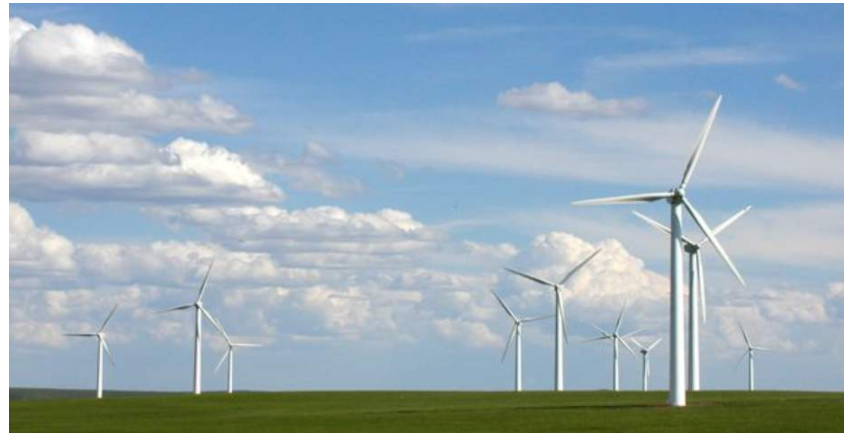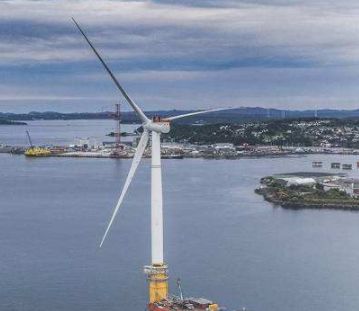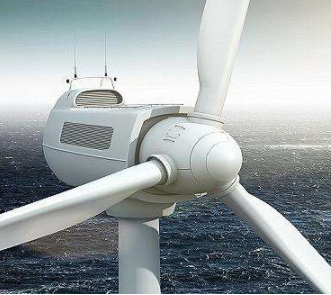As the onshore wind power "rush installation" is nearing its end, the problems of offshore wind power "rush installation" and the delivery of offshore wind turbines are further highlighted. At the same time, the demand for onshore wind turbine delivery will decline next year, and the redundant onshore supply chain established this year will likewise be transferred to the offshore market. In this context, letting land-based wind turbines "go offshore" and delivering land-based wind turbines to offshore projects has become an alternative.
However, on the one hand, it is necessary to catch up with the grid before the end of next year and grab subsidized electricity prices. On the other hand, it is to withstand the potential unknown risks brought by the onshore wind turbine “going to sea”. On the balance of potential risks and electricity price returns, some companies are in a dilemma.

A number of relevant persons in charge of development companies said that at present, the "stuck neck" factors for offshore wind power projects to be connected to the grid as scheduled are mainly two: one is whether the wind turbine can be delivered on time; the other is whether the construction hoisting capacity is sufficient. The delivery of wind turbines on time is the prerequisite for everything.
"Especially in the context of the current global spread of the new coronary pneumonia epidemic, the impact of the supply chain on domestic wind turbine manufacturing has not yet fully manifested, and the situation of "grabbing wind turbines" will be further intensified. Under this situation, developers will make compromises, Seeking alternatives, but also assess the risks and weigh the pros and cons." An industry source said.
















 RCCN WeChat QrCode
RCCN WeChat QrCode Mobile WebSite
Mobile WebSite


